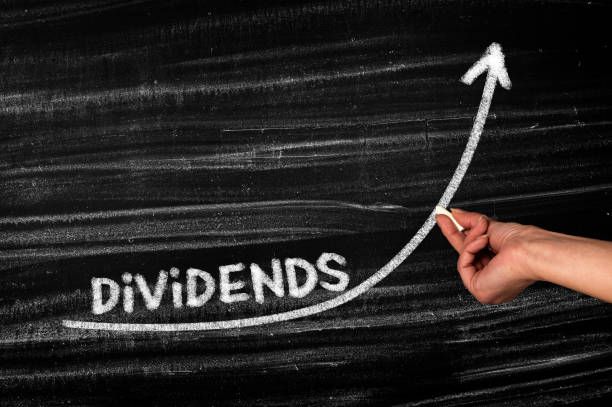Dividend Payout Ratio
Written by Pradnya Surana
3 min read | Updated on November 20, 2025, 14:52 IST

A dividend is the portion of a company’s profit that is distributed to its shareholders. It is the most direct way of sharing the profits. Different companies pay different proportions of their profits as dividends. Some companies do not pay dividends at all. To know how much profit is being shared and how much is being retained, investors look at Dividend Payout Ratio (DPR).
Meaning of Dividend Payout Ratio
The DPR measures the percentage of a company’s net profit that is paid out as dividends to its shareholders.
For example, if a company earns ₹100 crore profit and pays ₹30 crore as dividends, its dividend payout ratio would be 30%. This means 30% of profits are distributed to shareholders. The balance 70% is retained by the company for business activities like future expansion, debt repayment or reserves.
For investors, this ratio is particularly useful because it indicates,
- How consistent and sustainable a company’s dividends are.
- Whether the company prioritises growth (low payout) or income distribution (high payout)
Dividend Payout Ratio Formula
The formula to calculate the Dividend Payout Ratio is straightforward: Dividend payout ratio = Total dividends paid ÷ Net profit after tax * 100
Alternatively, if you know the value of each share Dividend Payout Ratio =Dividend per share /Earnings per share (EPS)* 100
Where,
- Total dividends paid = The total amount distributed to shareholders during the year.
- Net profit after tax = The company’s total profit after taxes and expenses.
- DPS = Dividend declared per share.
- EPS = Net profit per share.
How to Interpret the Dividend Payout Ratio?
DPR can vary widely depending on the industry, growth stage and profit consistency. A low dividend payout ratio indicates that a company is retaining a large portion of its profits and reinvesting it. This is common in growth-oriented sectors where companies pay smaller dividends now but can appreciate your capital investments in the long run.
On the other hand, a high DPR means that a company is returning most of its profits to shareholders as dividends. This is usually followed by mature and stable businesses with steady earnings and limited reinvestment needs, such as Hindustan Unilever (HUL), Coal India or NTPC. These companies appeal to investors who want regular income and stability rather than rapid growth.
However, if the payout ratio goes above 100%, it means the company is distributing more than it actually earns. This can be possibly done by using cash reserves or borrowing. This is usually unsustainable in the long term and can be a warning sign that future dividends may be reduced. In short, a low payout ratio indicates a focus on growth and reinvestment, while a high payout ratio indicates stability and income generation. Investors should choose according to their financial goals & growth investors may prefer lower ratios, while income-seeking investors often favour higher ones.
Why Does Dividend Payout Ratio Matters?
Assess dividend stability
Consistent or gradually rising payout ratios suggest a financially strong company that values shareholder returns.
Compare companies in the same sector
The DPR helps investors compare firms. For example, comparing HUL’s payout with ITC’s reveals which company is more dividend-focused.
Identify growth vs. income stocks
A lower ratio may mean the company is reinvesting for future expansion (good for long-term growth), while a higher ratio suits investors seeking steady income.
Evaluate sustainability
If a company’s earnings fluctuate but dividends remain high, the payout ratio can reveal whether those dividends are sustainable.
Conclusion
You can analyse a company's dividend policy by calculating DPRs over a period of time. It helps investors understand how much profit is being returned to them and how much is being retained for the company’s growth. Investors should know that there is no ‘ideal’ payout ratio. It depends on the company’s sector, maturity and growth prospects. A tech company may have a 20–25% ratio, while an FMCG or PSU might have 60–80%.
About Author
Pradnya Surana
Sub-Editor
is an engineering and management graduate with 12 years of experience in India’s leading banks. With a natural flair for writing and a passion for all things finance, she reinvented herself as a financial writer. Her work reflects her ability to view the industry from both sides of the table, the financial service provider and the consumer. Experience in fast paced consumer facing roles adds depth, clarity and relevance to her writing.
Read more from Upstox
Upstox is a leading Indian financial services company that offers online trading and investment services in stocks, commodities, currencies, mutual funds, and more. Founded in 2009 and headquartered in Mumbai, Upstox is backed by prominent investors including Ratan Tata, Tiger Global, and Kalaari Capital. It operates under RKSV Securities and is registered with SEBI, NSE, BSE, and other regulatory bodies, ensuring secure and compliant trading experiences.